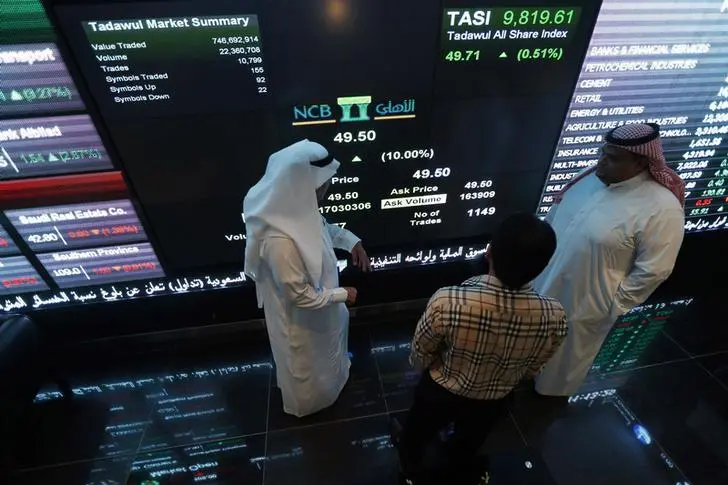PHOTO
Despite global doom and gloom over Covid-19, green shoots are discernible in the desert. The region is treading a delicate balance between health measures and workplace access, even as challenges related to the reopening of economies continue to unfold.
The good news is not impossible to find. Despite living in a globalised world, the region is different and decoupled with the worst-hit countries. Its set of problems, both complex and routine, originate from within and require indigenous responses.
Let's start with the Hajj pilgrimage, which looked out of question months ago. It has concluded without any virus scare. The spectacle usually associated with Hajj was missing, yet it was somehow managed.
Saudi Arabia also reopened its land borders with Kuwait and the UAE. The 25km-long causeway linking Saudi Arabia to Bahrain, which was closed since March 7, is now allowing citizens to return without prior permission. Dubai has started issuing tourist and visit visas.
Major airlines across the region are spreading their wings again. Baghdad airport has reopened after four months. Jordan is allowing flights from 'low-risk' countries. Egypt has reported lowest cases since May. The UAE is making relentless efforts to develop a vaccine.
Yet, complacency isn't a luxury anyone can afford. The number of infections across the Mena region has exceeded 1.1 million, over half of these in the GCC alone. The intensity, and the death count, may have slowed down, but cases are still being reported. A second wave, should it happen, will eventually show up on the region's shores.
However, opinion remains divided on the reopening of economies. For a start, there is no such thing as a one-size-fits-all reopening at the push of a button. Each country has to assess its level of preparedness, look at the sectors that need immediate support, the financial instruments at its command, and support industries that can create and sustain jobs.
R number
Authorities have learned the hard way as far as the preparedness of the health sector is concerned. They are aware that, unless the R number - or the average number of people infected by a sick person - drops below one, the virus is considered not sufficiently contained.
They are also aware that specific consumption patterns are here to stay. Even in the darkest hours since the pandemic outbreak, the economy did not shut down completely. Yes, flights were halted, curfews imposed, jobs were lost, and access to public facilities restricted. Yet, most of us continued to consume. More importantly, we continued to purchase to consume.
From daily supplies of milk, eggs, and bread to life-saving drugs, and even some luxury items, our households were not completely high and dry. The propensity to save may have gone up a notch, but the average consumer's propensity to consume did not stop completely.
One of the lessons learned during quarantine was how little we needed to survive. A lot of fizz surrounding our manufactured need has worn off. But now that we seem to be slowly returning to the joys of consumerism, it is worth assessing whether we should hold ourselves or return to our merry ways.
The de-coupling
The region has some inherent advantages that are likely to hold it in good stead in this recovery phase. There are no short-term election-specific agendas that undermine and even threaten health security. There is hardly any argument over whether to wear masks and quarrel over the adequate availability of ventilators.
At a recent e-symposium, Dr William R. White, Former Deputy Governor at the Bank of Canada, raised a significant point. "How the Western economies, in particular, have relied on debt, has got to stop. We have to rely much more on equity and risk-sharing going forward," he said.
According to him, the most significant preconditions for the global economy before the Covid-19 hit were debt. Japan registered 239 per cent of government debt compared to its GDP; the US recorded a debt equivalent to 135 per cent of its GDP in 2019. Greece was at 122 per cent, the United Kingdom at 117 per cent, while Canada was at 108 per cent.
If you look at the GCC, Kuwait tops the charts with a deficit-to-GDP ratio of 39 per cent, followed by Oman (17 per cent), Saudi Arabia (15 per cent), Abu Dhabi (13 per cent), and Bahrain (12 per cent).
Whichever way one looks at it, when the chips are down, it makes sense to play up your strengths instead of getting bogged down by halted tourist numbers, lockdowns, and the price of oil.
Ehtesham Shahid is an editor at TRENDS Research & Advisory
Copyright © 2020 Khaleej Times. All Rights Reserved. Provided by SyndiGate Media Inc. (Syndigate.info).























